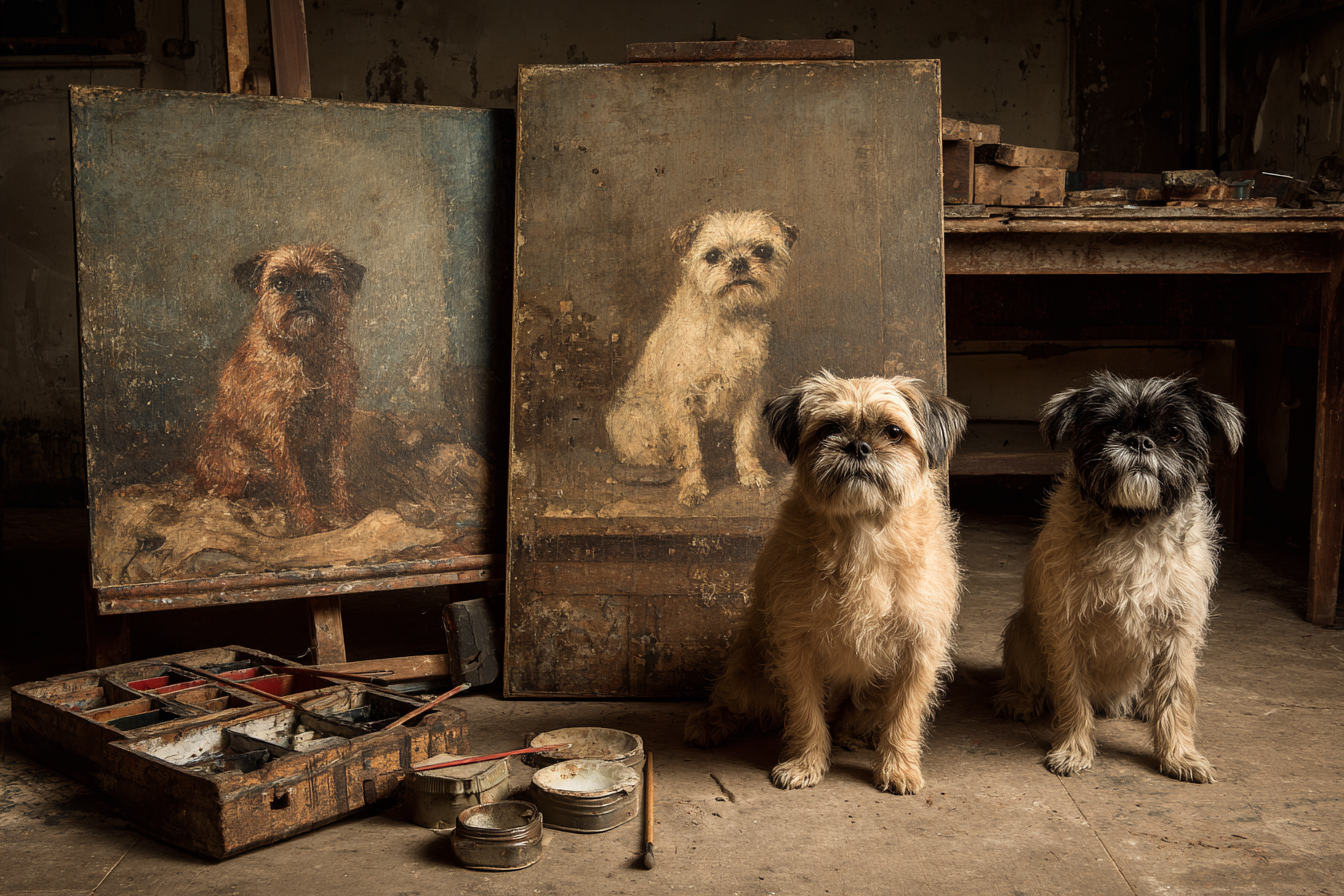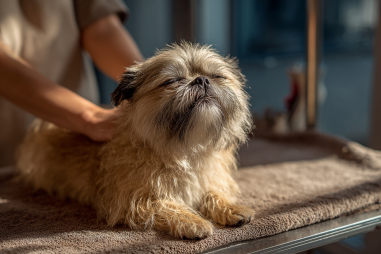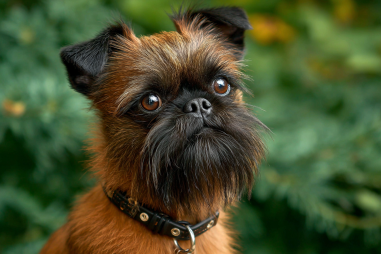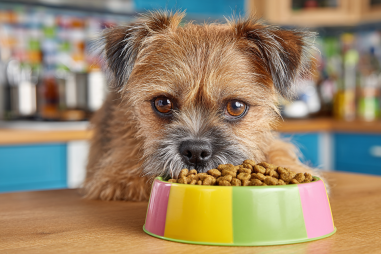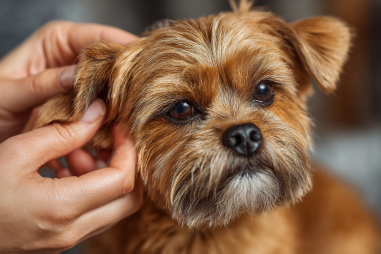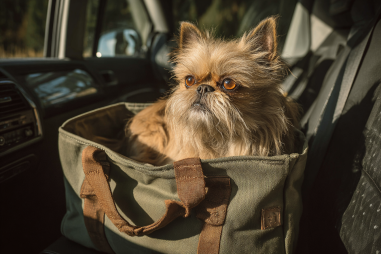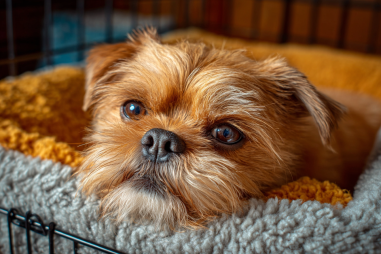The Brussels Griffon is a distinctive little dog known for its expressive face and lively personality. While they may look like charming toys, these dogs come with a rich history and an origin story grounded deep in Belgian culture. If you’ve ever wondered how this adorable breed came to be and why it has captured the hearts of dog lovers worldwide, you’re in the right place. Let’s journey back in time to unearth the fascinating tale of the Brussels Griffon, exploring its roots, development, and how it rose to fame as one of the most beloved companion dogs.
Origins of the Breed in Belgium
The story of the Brussels Griffon begins in the bustling city of Brussels, Belgium, in the 19th century. This small breed was originally bred as a companion dog for the city’s residents, particularly among the middle and upper classes. The Griffon’s ancestors were the result of crossing several local breeds, including the Belgian street dogs and small terriers that roamed the city streets. These early crosses helped create a dog with a sturdy build, a distinctive face, and a passionate personality perfectly suited for urban living.
The Brussels Griffon shares a close relationship with other Belgian breeds such as the Belgian Griffon and the Antwerp or Belgian Toy Terrier, showcasing a common geographical and genetic lineage. The Graffen’s roots can also be traced indirectly to the Affenpinscher, a German breed known for its monkey-like face and spirited nature. This mix of European toy breeds gave rise to the Brussels Griffon’s unique look—an almost human-like expression that has fascinated people for generations.
Development and Purpose of the Breed
Initially, the Brussels Griffon was not just bred for companionship; they also had a more practical role as ratters. Their origin on the streets meant they were used to help control vermin populations in homes and factories—a valuable trait in the crowded urban areas of 19th-century Europe. Their small size, agility, and fearless demeanor made them excellent hunters of rats and other small pests.
Over time, however, the breed’s charming appearance and affectionate nature led to their primary purpose shifting toward being loving companions. They quickly gained popularity in the homes of aristocrats and common folk alike. Unlike many other breeds bred for hunting or work, the Brussels Griffon’s development focused heavily on personality traits such as intelligence, loyalty, and sensitivity, making them wonderful pets who thrive on human connection.
Historical Figures and the Breed’s Popularity
One of the most famous advocates of the Brussels Griffon was Queen Marie Henriette of Belgium. She adored the breed and helped increase its visibility and desirability among European nobility. Her patronage played a significant role in establishing the Brussels Griffon as a fashionable companion dog in royal circles, boosting its reputation across the continent.
In the early 20th century, the breed’s charm crossed over to America and the United Kingdom, where it captured the attention of enthusiasts and judges alike. The Brussels Griffon began appearing in dog shows, where their unique look—complete with a prominent chin, wide-set eyes, and lively expression—set them apart from other toy breeds. Their growing popularity led to the establishment of breed clubs and dedicated breeding programs that helped preserve their distinct qualities.
Evolution of Breed Standards
The Brussels Griffon’s appearance has been carefully refined through breed standards developed over time. The American Kennel Club (AKC) recognized the breed in 1910, and since then, standards have been updated to emphasize certain features that define the Griffon’s classic appearance. These include a strong, short muzzle covered with rough or smooth coat varieties, large expressive eyes, and a confident, proud stance.
There are primarily two coat types recognized today:
- Rough coat: This type features a coarse, wiry texture with a thick beard and mustache, giving the dog a somewhat rugged look.
- Smooth coat: This variation has a short, glossy, and soft coat, showcasing the breed’s facial features without the wiry overlay.
Breed standards also specify color variations, with reds, black and tan, and belge (a mix of black and reddish hairs) being most common. The evolution of these standards reflects not only aesthetic preferences but also a commitment to maintaining the health and temperament that make Brussels Griffons such beloved pets.
Modern-Day Recognition
Today, the Brussels Griffon is recognized by major kennel clubs around the world, including the AKC, the United Kennel Club (UKC), and the Fédération Cynologique Internationale (FCI). They compete not only in conformation shows but also excel in various dog sports and activities such as obedience and agility, showcasing their intelligence and eagerness to please.
Despite their small size, Brussels Griffons are known for having a personality larger than life—they are often described as “big dogs in small bodies.” They exhibit a loyal, affectionate demeanor that makes them excellent family dogs, especially for people who want a devoted companion that thrives on social interaction.
Thanks to their distinctive appearance and charming character, Brussels Griffons continue to capture the imagination of dog lovers. Their presence in movies, on social media, and in popular culture further cements their status as a truly special breed with timeless appeal.
The Brussels Griffon’s Cultural Significance Through Time
The Brussels Griffon is much more than a cute toy breed—they represent a piece of Belgian cultural heritage and embody the connection between humans and dogs throughout history. From the streets of Brussels to royal courts and modern households around the world, these dogs illustrate how companionship, functionality, and aesthetics can combine to create a breed that is both practical and beloved.
The breed’s ongoing popularity underscores the timeless appeal of dogs that bring joy, loyalty, and character into our lives, and the Brussels Griffon does this perhaps better than any other toy breed. Their unique facial expressions have been said to mirror human emotions, forging a bond that goes beyond simple pet-owner relationships.
Understanding their history enriches our appreciation for these delightful little dogs and reminds us of the many ways dogs have shared our journey through time, adapting and thriving alongside us as more than just pets—as true companions.

